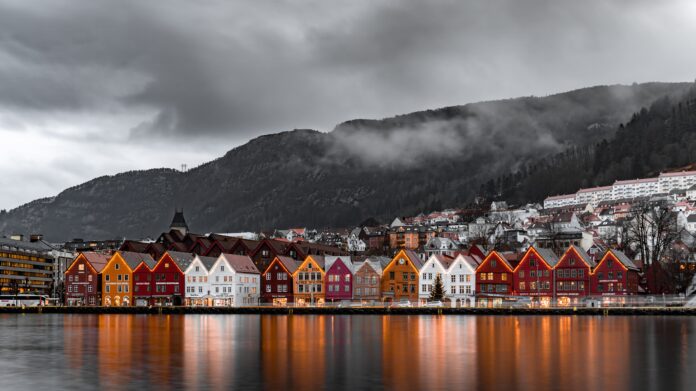In the heart of Scandinavia, nestled among breathtaking fjords and picturesque landscapes, lies the constitutional monarchy of Norway. At the helm of this Nordic nation is King Harald V, a symbol of continuity, unity, and tradition. In this article, we will explore the role and significance of King Harald V as the constitutional monarch of Norway, delving into the history of the monarchy, his reign, and the constitutional framework that guides his role.
The Norwegian Monarchy: A Historical Perspective
The Norwegian monarchy traces its roots back to the unification of Norway in the 9th century under the rule of King Harald Fairhair, often regarded as the country’s first king. Over the centuries, Norway has experienced a complex history of unions with other Nordic countries and periods of autonomy.
In the early 20th century, Norway sought to establish itself as a fully sovereign nation, leading to the dissolution of the union with Sweden in 1905. Following this, the Norwegian people decided to establish a constitutional monarchy, solidifying the role of the monarchy as a symbol of national unity and tradition rather than wielding political power.
The Role of King Harald V
King Harald V ascended to the Norwegian throne on January 17, 1991, succeeding his father, King Olav V. His reign marked a period of stability and continuity for the Norwegian monarchy. While the king holds a significant place in the hearts of the Norwegian people, his role is primarily ceremonial and symbolic.
As the constitutional monarch of Norway, King Harald V carries out various duties and responsibilities that include:
- State Representations: King Harald V represents Norway at state occasions, both domestically and internationally. He welcomes foreign dignitaries and heads of state, strengthening diplomatic ties and fostering international relations.
- The State Council: The king presides over the State Council of Norway, a formal body that includes the government ministers. While the council’s decisions are largely made by the elected government, the king’s presence is a necessary formality for certain processes.
- National Celebrations: King Harald V plays a pivotal role in national celebrations and traditions. His presence during events like National Day, Christmas, and royal weddings adds a sense of continuity and unity to the nation.
- Patronage of Charitable Organizations: The king and the royal family are patrons of various charitable organizations and causes, actively supporting social and humanitarian initiatives within Norway.
The Constitutional Framework
Norway’s monarchy is governed by a constitutional framework established in the Norwegian Constitution of 1814 and revised in 2014. This constitution outlines the roles, responsibilities, and limitations of the monarch, ensuring that the king’s powers are strictly ceremonial and that the country operates as a parliamentary democracy.
One of the key principles of the Norwegian monarchy is that the king does not interfere in politics. The government is elected by the people, and political decisions are made by elected officials. The king’s role is to represent and unify the nation, not to influence or dictate policy.
King Harald V has played a crucial role in maintaining the unity and tradition of Norway as its constitutional monarch. While he may not wield political power, his presence and representation hold immense value for the Norwegian people. In a world of ever-changing political landscapes, the Norwegian monarchy, with King Harald V at its helm, stands as a symbol of continuity and stability, reminding the nation of its rich history and promising a bright future.
Photo by Michael Fousert on Unsplash
Views: 8






